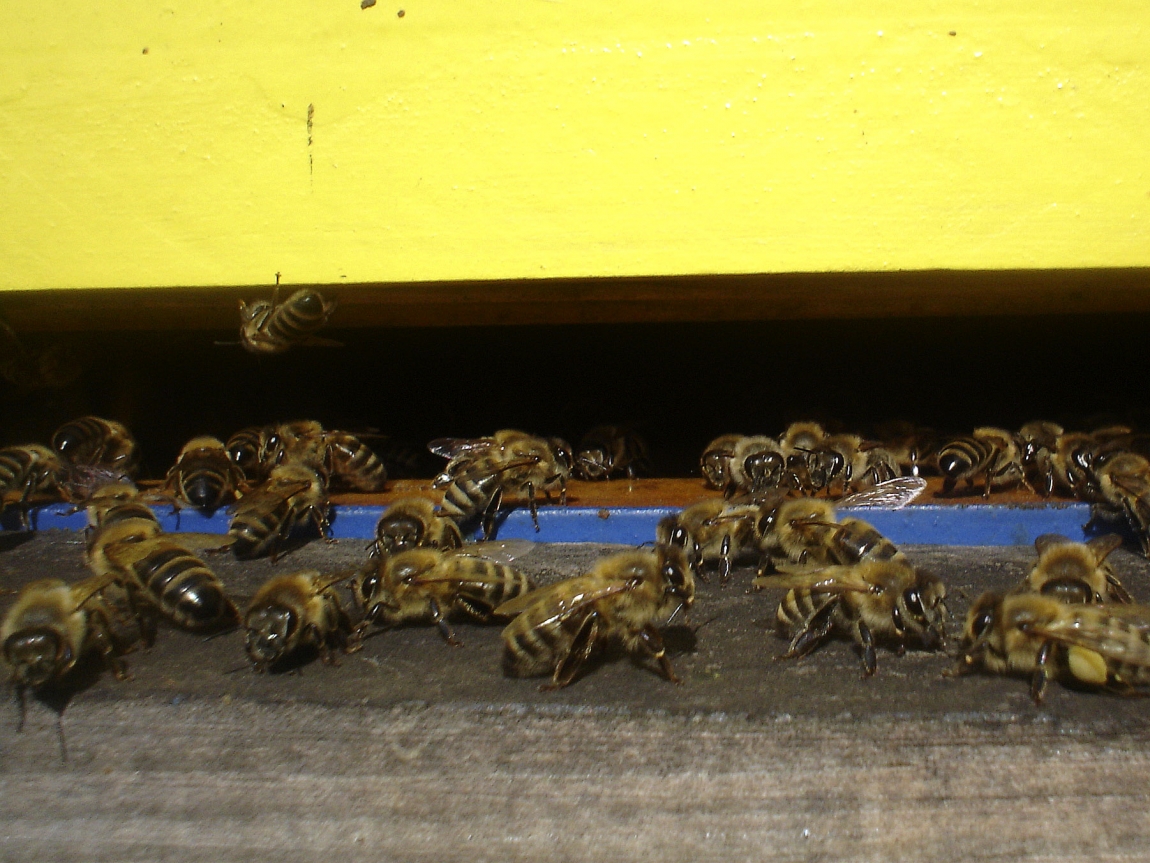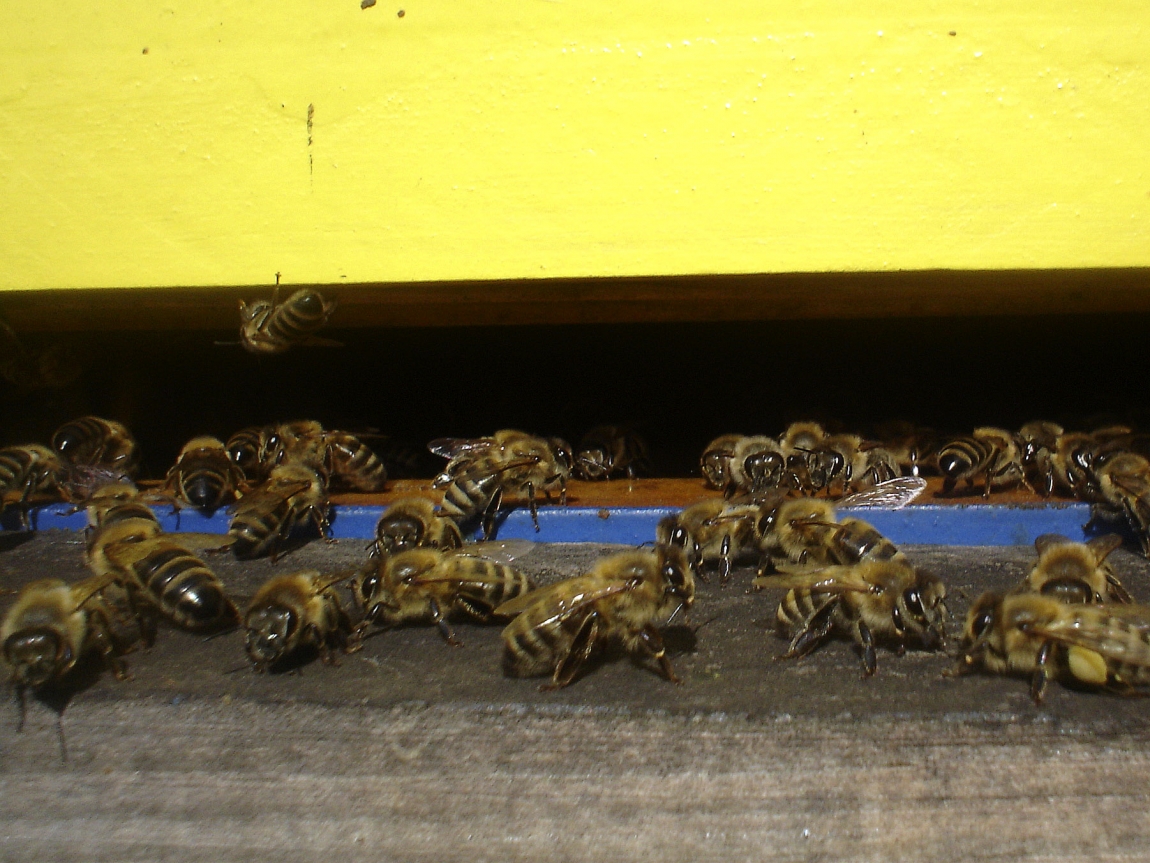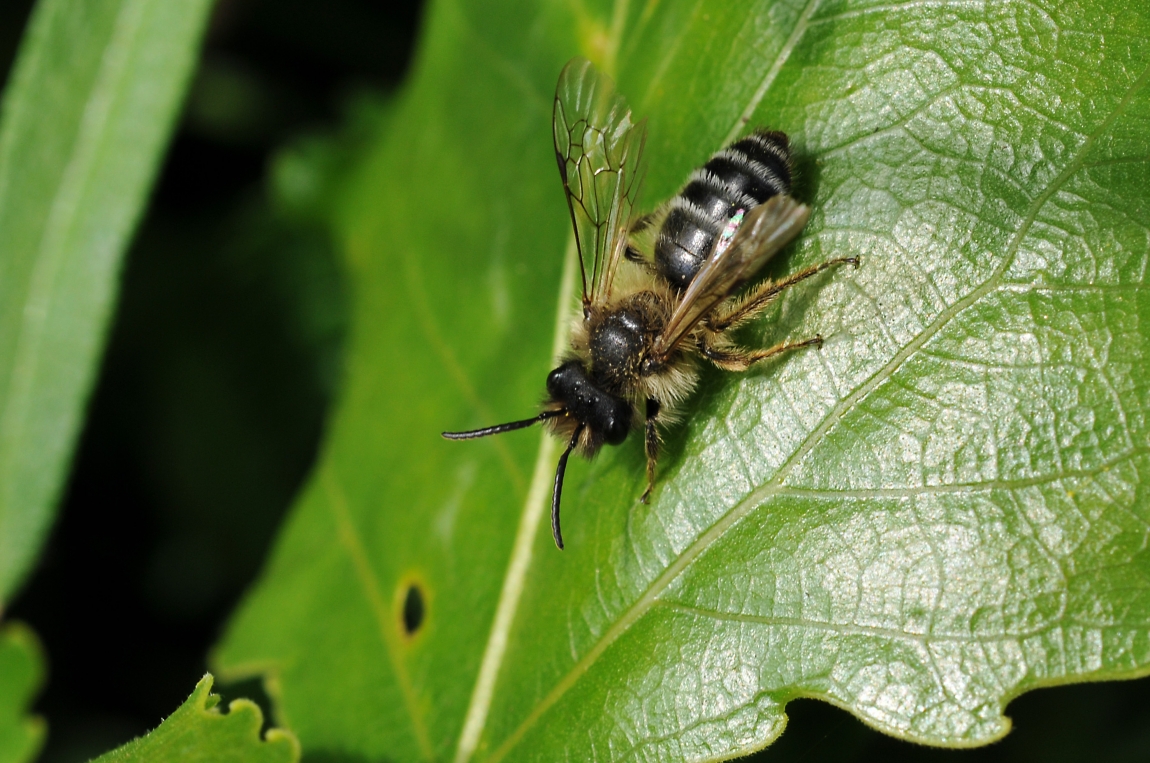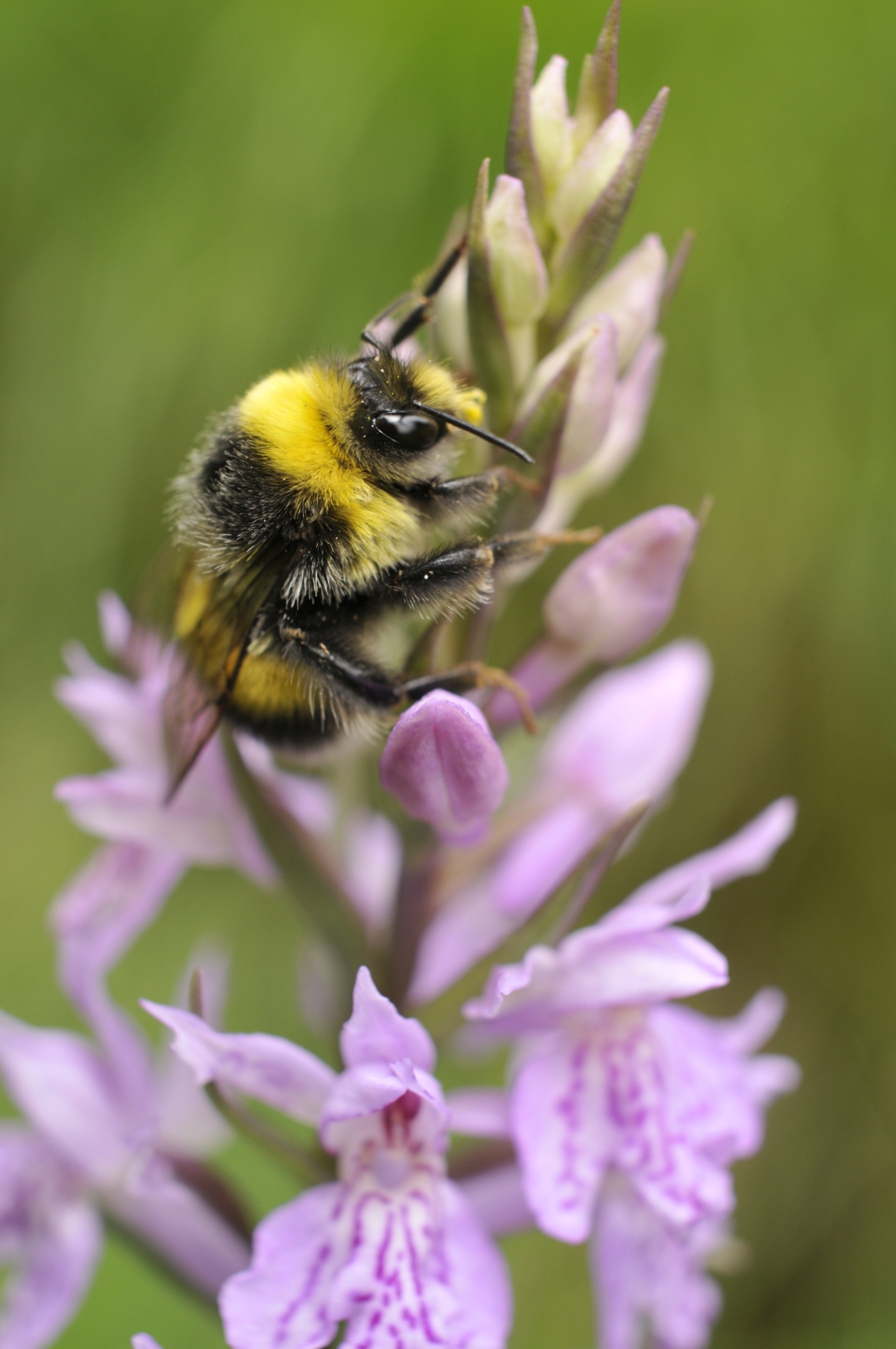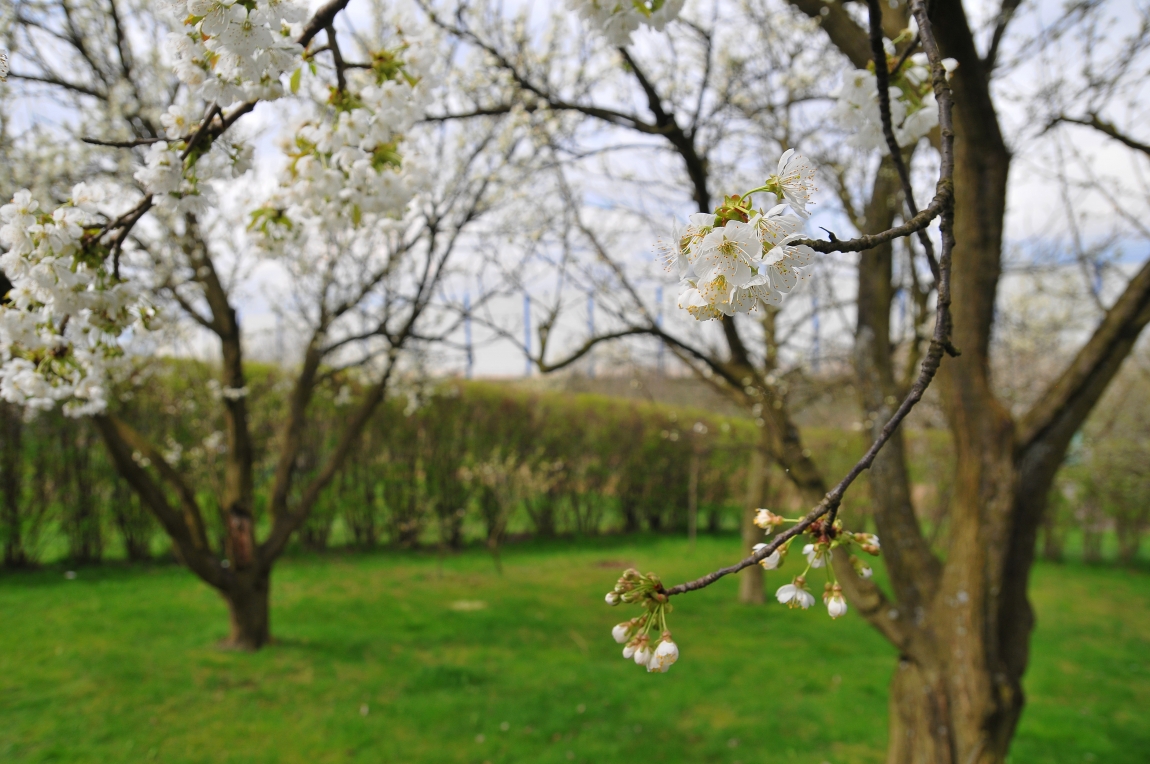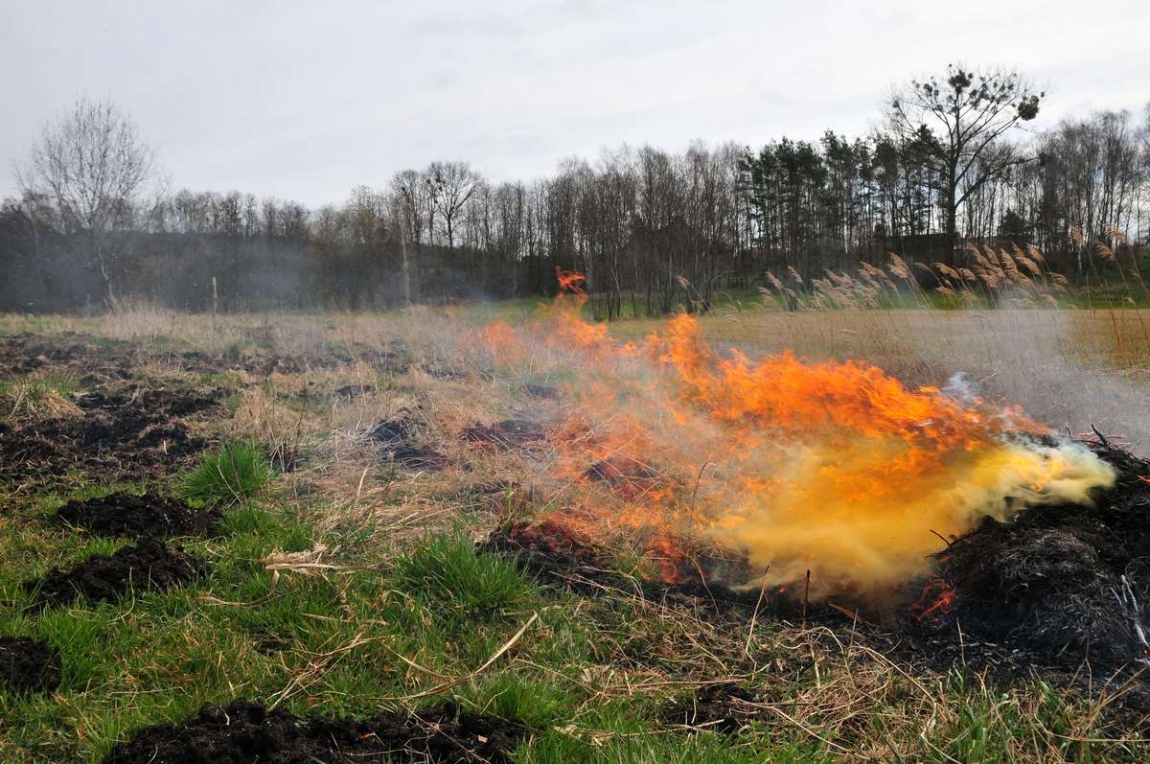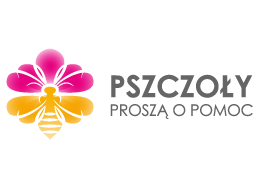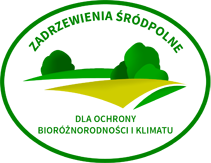The lifespan of the queen bee can last from 5 to 7 years, nevertheless, in the apiary management they are replaced after 2-3 years. Drones, which number varies from few hundreds to 3-4 thousands, exist only from April/May to August. They do not contribute directly to the honey production, nor a nectar or pollen gathering, but are some kind of stimulators to workers, which work harder in their presence. Their presence whet urge in workers to gather nectar. However, this is secondary role of drones and their main goal is to go on a mating flight, during which they fertilize young queen bees. The queen bee copulate with many drones during one mating flight, but dronesdie after one copulation (even before the end of copulation, theyare paralyzed and dying). Those drones, that didn’t take part in mating flight (and weren’t mating with queens), can live up to 54 days. Drones, which live until August, are disposed of until the end of usefulness season from the hive by workers and die outside. Fertilized queen bee starts laying eggs after few daysfrom going back to the hive. Most of all, queen bee lays fertilized eggs (even more than 2000 per day), which is why there are more bee workers, around 50 000 to 60 000 in peak moment of usefulness season. Bee workers live around 36-41 days in the season (working efficiently till 28th day) and bees in winter live around 6-8 months. Bee workers have specific tasks and they go through consecutive stages of the work in bee hive, which depend on their age.
They consecutive tasks are:
-
- Honeycombs cleaning,
- Bee hive cleaning,
- Warming up and feeding older warms,
- Feeding younger larvae,
- Queen bee caring,
- Honeycomb building,
- Processing honey material,
- Pollen upkeeping,
- Hive defense,
- Gathering and transporting materials and water to the hive,
There are also bee workers that work as scouts, which look for new sources of food for the bee family. If there is no such a need in the bee hive, no other bee will complete another task. Honey bees live in well-organized society and they worked out their own communication system.
Bees communicate by:
-
- Pheromones (fragrances)
- Sound (e.g. young mothers sings before second swarm leaves)
- Touch
- Sight.
The most important mean of communications for bee family is visual communication by dance. Bees can transferby dancing information about food source location (enlistment dance), departures and new swarm locations (swarm dance), threats to the family or the hive (emergency dance), and hygienic (cleaning-rubbing dance) that stimulate bees to mutual cleaning.
The organization of bee society simplify work, makes it more efficient and effective in defense. Single bee without family means nothing and has no chance of survival, and family is constant in time and have an ability to adapt to different environmental conditions. It is not possible to choose the most important bee workers group, because everyone is important to bee family efficiency. Bee family is the perfect collective organism that can be compared to mammal’s body – as a whole it can keep temperature constant and produce milk to feed the offspring.


